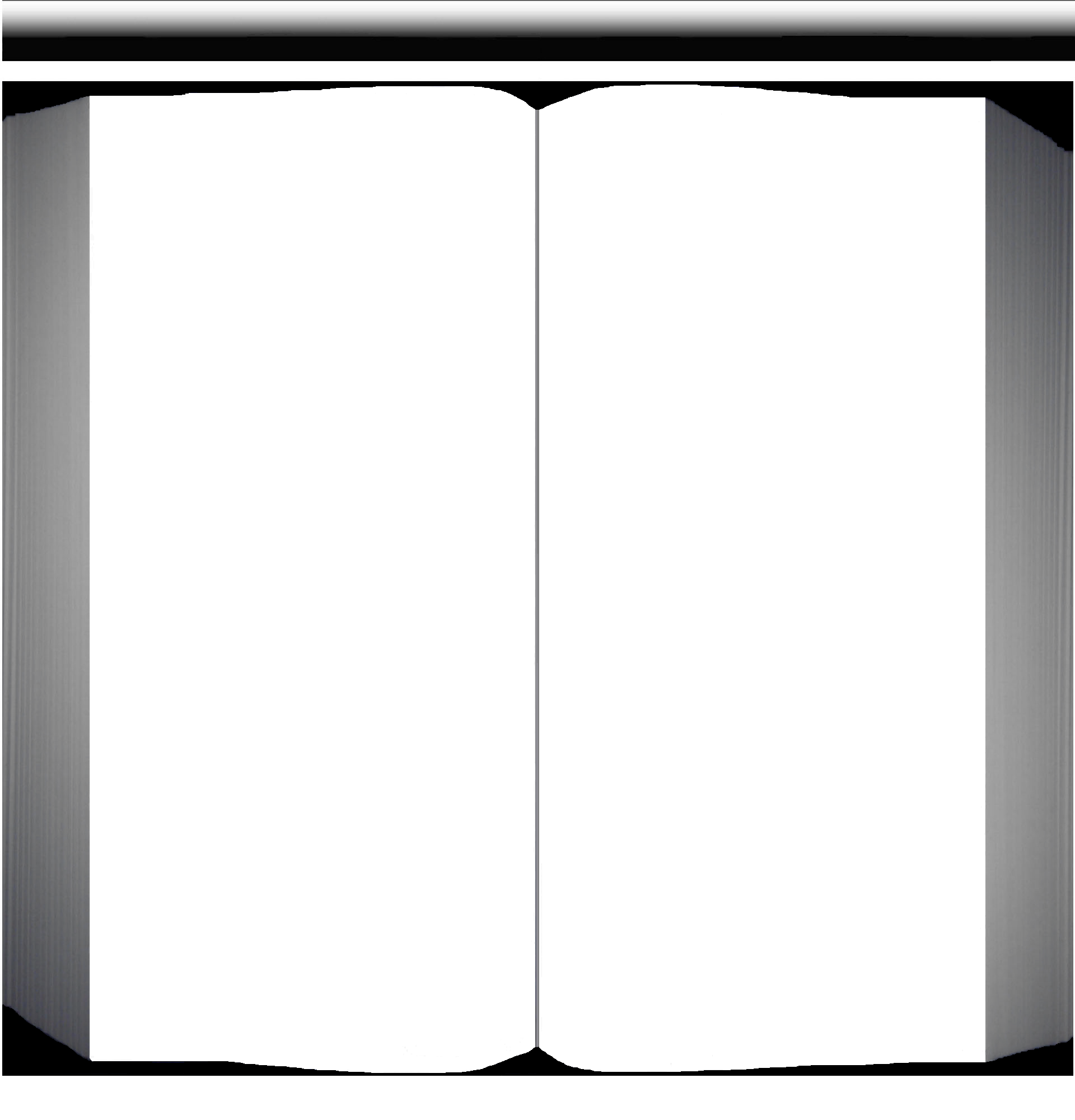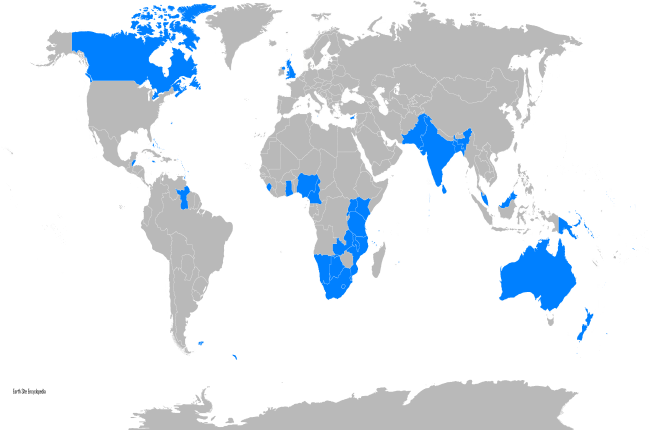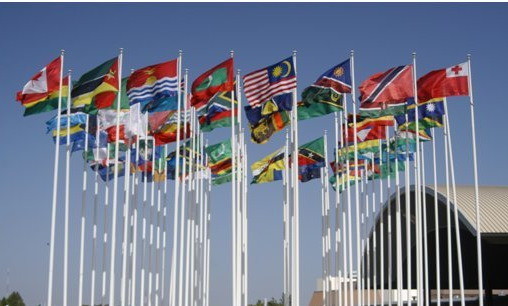

Sub-topics
General Information about the Commonwealth
History of the Commonwealth of Nations
Members of the Commonwealth of Nations
The Commonwealth is a voluntary association of 53 independent countries that agree to abide by the charter of the commonwealth.
(http://thecommonwealth.org/sites/default/files/page/documents/CharteroftheCommonwealth.pdf)
In total the Commonwealth countries account for 21% or 1/5 of the worlds land mass at 12,112,452 square miles or 31,371,110 square kilometres. The largest country in the Commonwealth of Nations, and the world, is Canada at 3,885,103 square miles or 9,984,670 square kilometres.
The Commonwealth also has 32% of the world’s population, based on estimates for June 2012, of 2,220,419,648 people with over half that number from India (estimated population June 2012 of 1,205,073,612).
The combined Gross Domestic Product for all members using the official Exchange Rate is about 12% of the world (2012 estimates) at £4,967,143,200,000 or $8,278,448,000,000 which is less than the European Union (£9,816,000,000,000 or $16,360,000,000,000) and the USA (£9,408,000,000,000 or $15,680,000,000,000) but slightly more than China (£4,932,000,000,000 or $8,220,000,000,000).
The headquarters of the Commonwealth Secretariat are Marlborough House, in London.
The Current leaders of the Commonwealth are the Head of State Queen Elizabeth II (since 6th February 1952) and Secretary General Mr. Kamalesh Sharma (since 1st April 2008).
In 1884 during the era of the British Empire some of the countries under British rule became self governing but still retained the British monarch as their heads of state. These countries were known as the British Commonwealth of Nations.

In 1926 at the Imperial conference the UK and its dominions agreed that they are "equal in status, in no way subordinate one to another in any aspect of their domestic or external affairs, though united by common allegiance to the Crown, and freely associated as members of the British Commonwealth of Nations."
1930 saw the first version of the Commonwealth Games (then called the British Commonwealth Games) held in Canada.
In 1931 ‘the statute of Westminster’ gave legal Independence to Canada, Australia, the Irish Free State, Newfoundland, New Zealand and South Africa. Canada, South Africa and the Irish Free State quickly enacting on the statute becoming Independent, the other countries waited over a decade to become independent (Australia in 1942, New Zealand in 1947 and Newfoundland was reincorporated into Canada in 1949). All these countries joined the British Commonwealth of Nations in 1931 after the statute of Westminster was agreed.
In 1949, India, who was a member of the British Commonwealth of Nations, became a republic but still wished to be part of the association.
In order to still incorporate India it was agreed that member states no longer had to pledge allegiance to the British Crown and that all members were “free and equal members of the Commonwealth of Nations, freely co-operating in the pursuit of peace, liberty and progress.”


